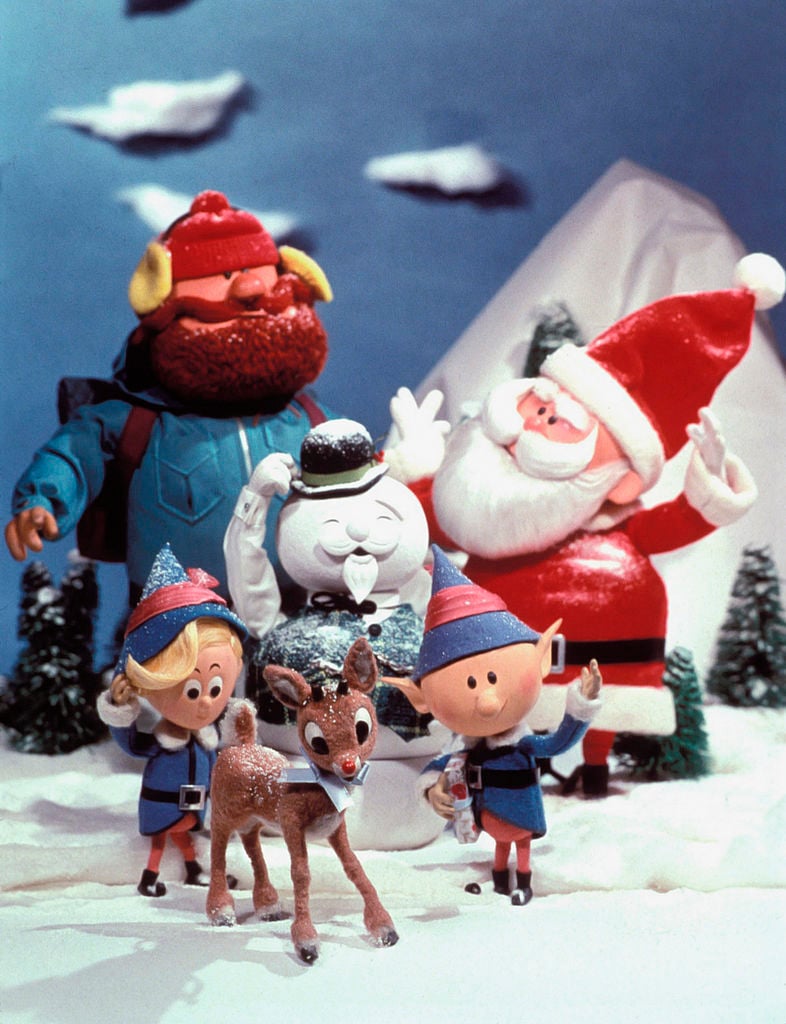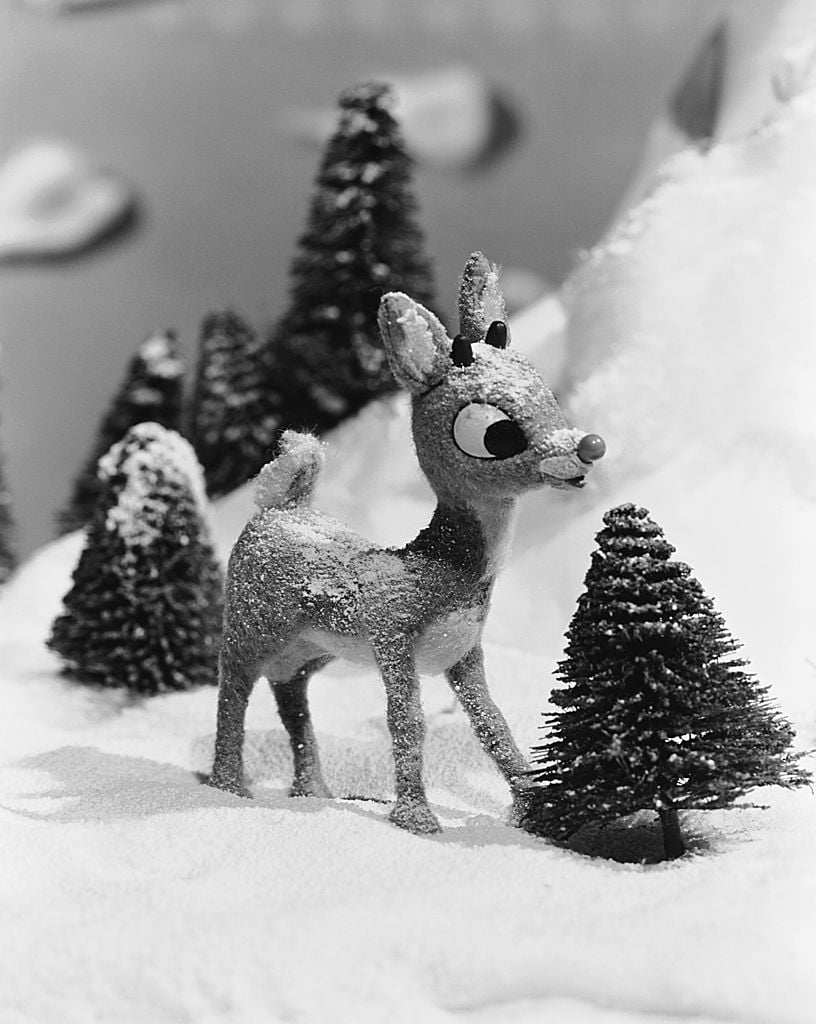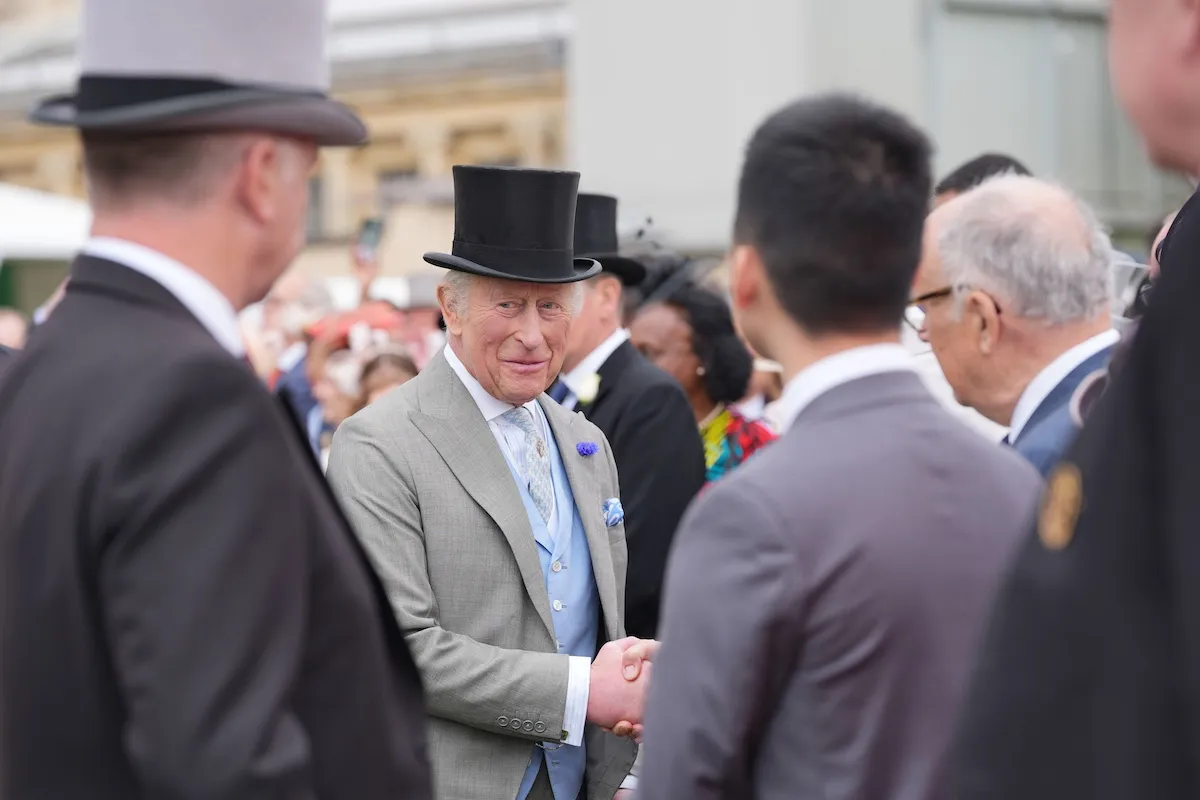‘Rudolph the Red-Nosed Reindeer’: These Characters Were Inspired by a Japanese Tourist Attraction
Rudolph the Red-Nosed Reindeer is a Christmas-time classic. What not many fans know: the 1964 holiday movie is inspired, in part, by a popular Japanese tourist location.
The ‘Rudolph the Red-Nosed Reindeer’ 1964 movie was partly created by Japanese animators

Geek Wire reported that the Christmas special Rudolph the Red-Nosed Reindeer was a smash success when it first aired in 1964, “watched by 55% of television viewers.”
“Subsequently, it became what’s described as the longest-running, highest-rated special in television history,” the publication continued.
While the movie remains a holiday favorite to this day, not many fans know about the Japanese influence on Rudolph.
The production company “Rankin/Bass, as Videocraft International, contracted with Tokyo’s pioneering Tad Mochinaga for the stop-motion ‘Animagic’ animation,” as seen in the TV special.
They sent scripts to Japan, where “an estimated 82 puppet figures were created.” The Rudolph the Red-Nosed Reindeer sets were about eight feet high, and each character stood about eight inches tall — save for the “comparatively huge Abominable Snowmonster.”
Each character in the animated movie has 3 fingers and a thumb — “just enough for them to grasp things,” Arthur Rankin told Geek Wire, but not take up too much time and space.
However, Rankin also revealed that the animators on Rudolph “were learning on the job.” Those puppets made for the movie “would last about 16 months, tops.”
However, what they did worked for the TV film. As the publication further explained:
Human puppets had mouth shapes drawn on Japanese paper that were pasted on and removed to match dialogue. Rudolph’s head, torso and hooves were carved wood, but his red nose was a custom-made 12V light bulb.
The Christmas movie’s deer characters were inspired by Nara Park

As the Smithsonian Magazine reported on the Rudolph the Red-Nosed Reindeer production, the Japanese animator Mochinaga “directed an elaborate production featuring 22 handmade sets.”
One of his biggest inspirations for the reindeer puppetry in Rudolph came from the city of Nara, Japan. Mochinaga traveled there to see Nara Park, “a deer sanctuary established in 1880 to protect the area’s population of sacred deer.”
Unlike other wild deer, the “Nara deer are uniquely accustomed to humans, boldly approaching visitors to nibble food and mimicking human bowing.”
As the Smithsonian explained, to prepare for making Rudolph, Mochinaga and his assistant “spent two days observing the deer, who roam freely through the sprawling park and interact with visitors.”
The 1964 Rudolph special shows off the cartoonists’ observational skills.
“This attention to detail is visible in the animation itself, which featured rich details such as delicate eyelids crafted from leather and subtle movements,” the publication continued.
Rudolph the Red-Nosed Reindeer is truly an international production, however. While the animation work was done in Japan, “almost all of the audio – including the character voice actors – were products of Canada,” the Smithsonian confirmed.
“Dialogue was recorded in Canada, and songs for the soundtrack with the mostly Canadian cast were reportedly taped in New York on a single day,” the magazine reported.


